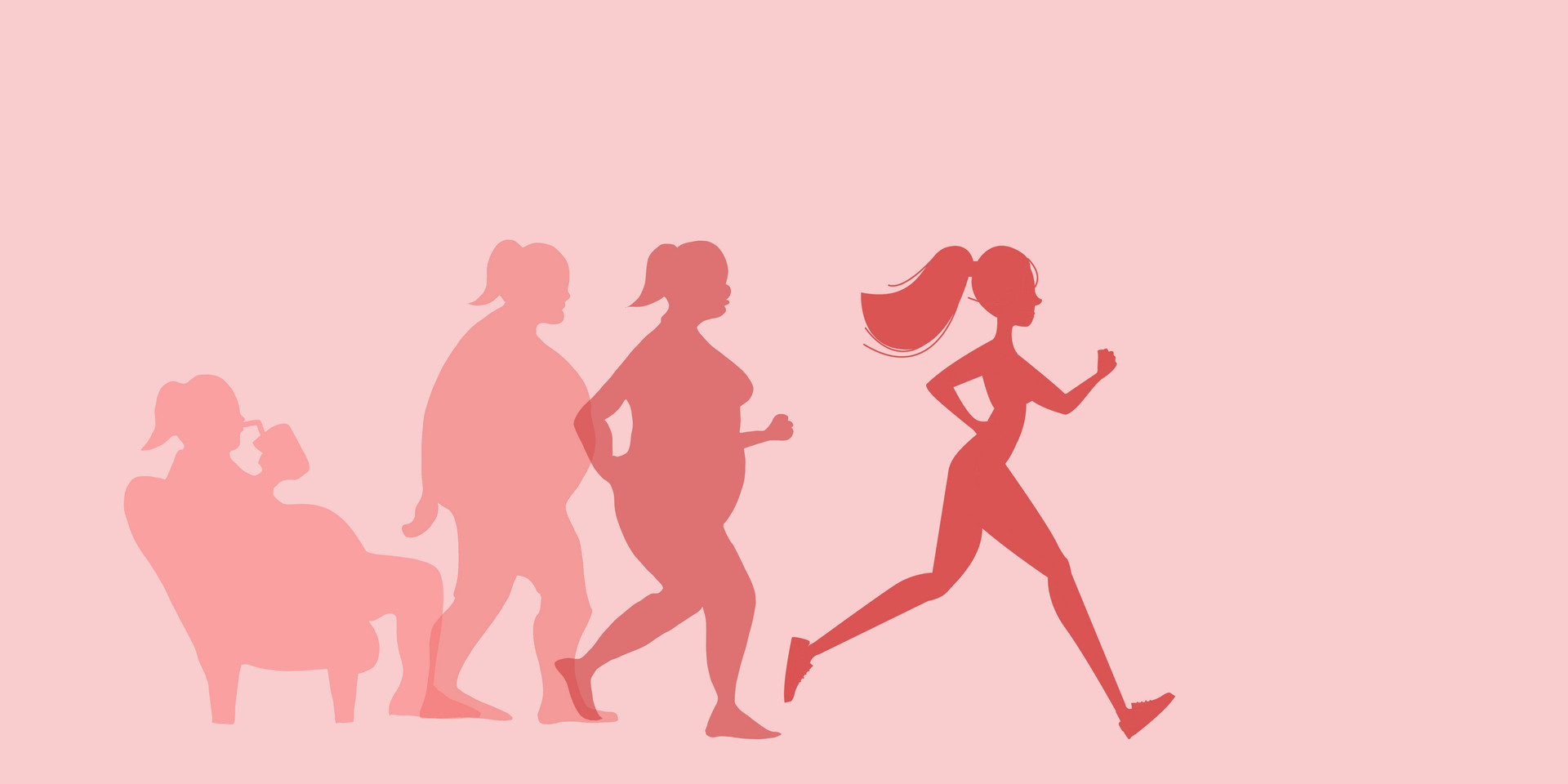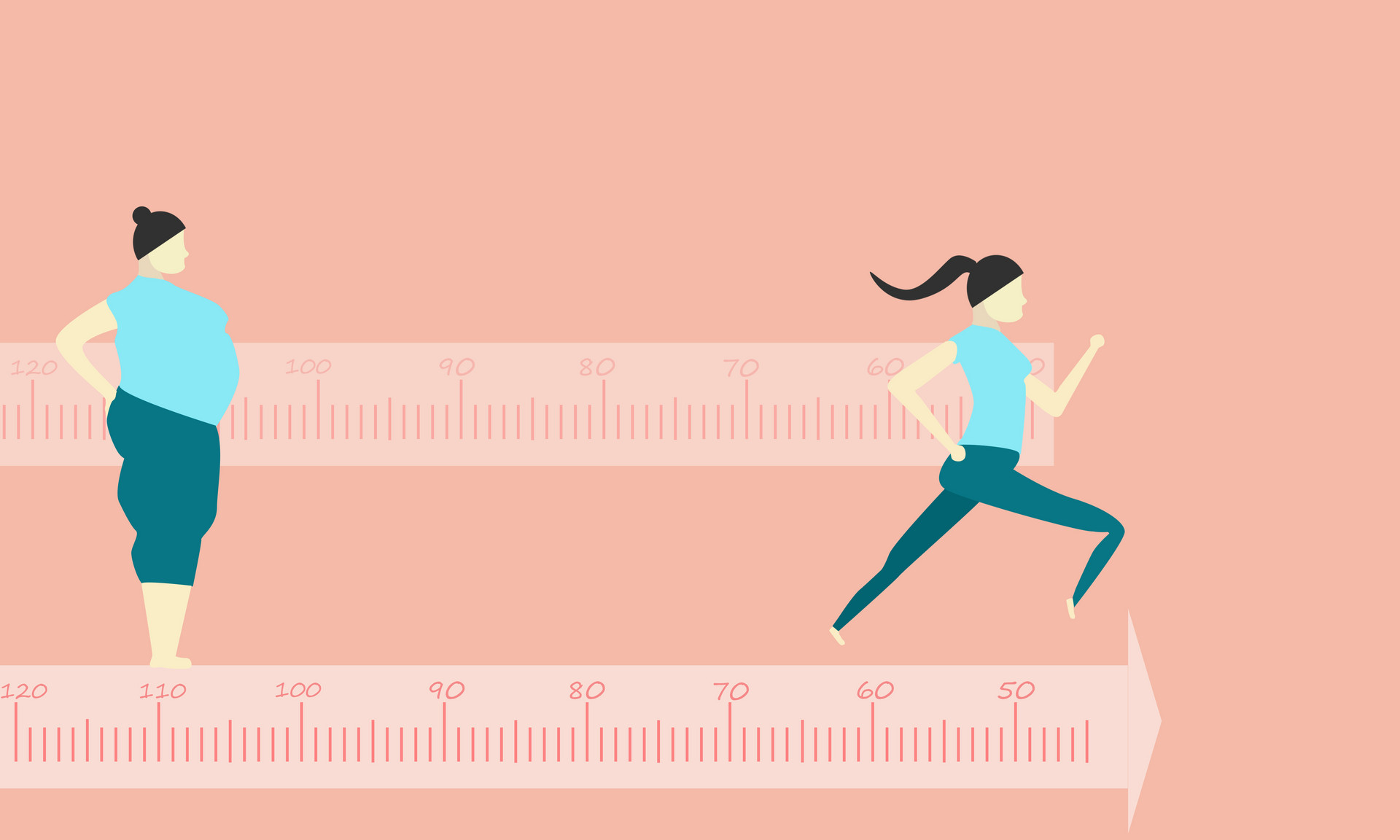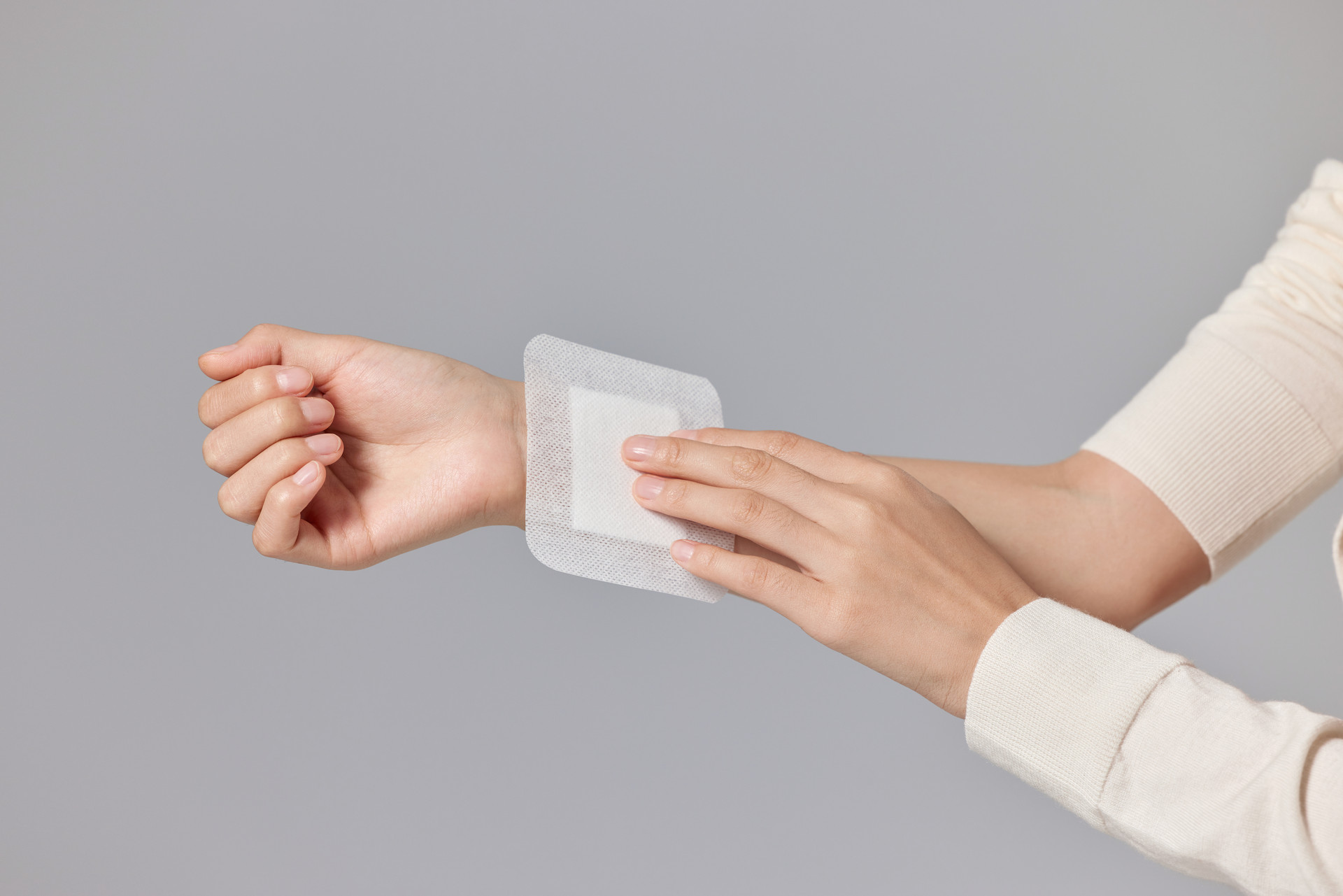Not often swim, the first time the water are afraid to sink, and even the psychological fear of water, in fact, want to float in the water, as long as the mastery of skills, is not a very difficult thing, the following to teach you, how to swim will not s ink.
With the help of swimming tools
Beginning to learn to swim, you can use swimming rings, life jackets and other buoyant swimming tools, so that they float, this is the most common and is the most practical way.
Master the rhythm of breathing
The human body is less dense than water, plus the role of air, can easily float out of the water. Regardless of which swimming position, first of all, according to their own body conditioning, in accordance with a certain rhythm, breathing heavily, inhaling as much air as possible, so as to better float in the water, and not easy to choke.
Learn to hold your breath
When swimming, first take a full breath at the surface, do not exhale, and then sink into the water, pay attention not to change air in the middle, so that the body naturally relaxed, so you will feel the body slowly floating. The human body is denser than water, as long as there is sufficient air in the lungs, you can float well.
Keep the coordination of hand and foot movements
People who are good at swimming can float with the help of various movements, while for people who can't swim, it is important to master the essentials of movement and keep the coordination of hand and foot movements.
Hand movements
Hand movement should pay attention to the use of the side, upward sliding, minimize resistance, downward paddling is to try to increase the resistance, to help the body as soon as possible to the surface of the water.
Arm movements
Arm movements when the main driving force to push the body to swim forward, in the water, the arms should be relaxed, fingers naturally straight and together, arm internal rotation, so that the elbow joint is raised to the highest point, the palm diagonally to the bottom, so that the fingers first touch the water, then the small arm, and finally the large arm.
Leg movements
Both legs should be naturally together, feet slightly internally rotated movement, using the thighs to drive the calves and feet, both legs at the same time, the knee joint curvature of about 160 °, toes up and down the maximum amplitude of about 30 to 40 cm. Leg movements have a certain propulsive force, and play a balancing role, can maintain body temperature, and coordinate the arms paddling.
Overcome nervousness
Beginners or people with fear of water, to overcome the nervousness, you can take a self-referential approach, telling yourself that I am good at swimming, choking is a normal thing. Relax your body, even if you start to sink, as long as you insist on closing the air, you will also float up, because the water is originally buoyant, as long as the body is relaxed in the water can be.












